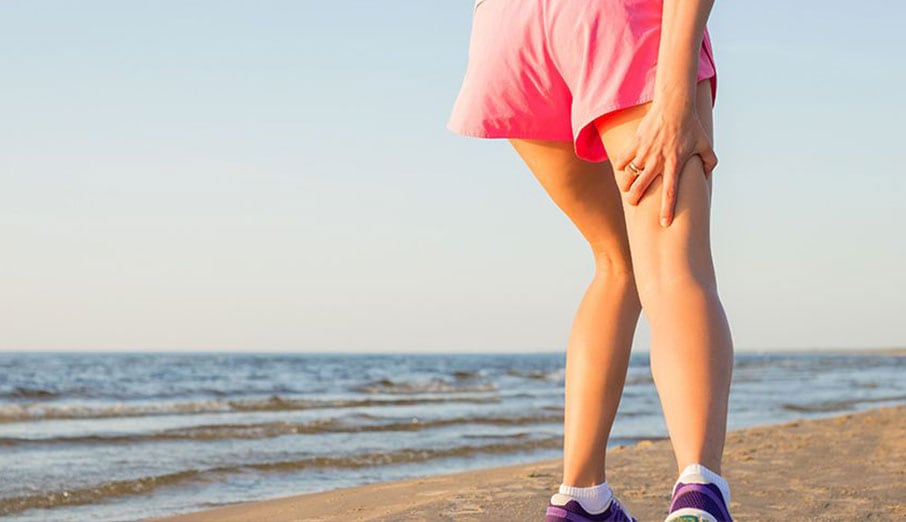Promoting Recovery After Exercise
April 17, 2019
At this time of year many of us up our exercise levels. Heat’s no longer an excuse not to exercise, winter sports are heading into full swing, and distance runs such as City to Surf and Run for a Reason are coming up in the next few months.
Good recovery following exercise is important, but particularly with people doing high intensity exercise regularly. Good post-exercise recovery:
- Reduces the length and severity of post-exercise muscle soreness/tightness
- Improves performance of exercise in coming couple of days
- Reduces the risk of injury
What techniques help recovery post exercise?
Performing a cool down
Increased blood flow through the muscles occurs during exercise. When you stop exercising, it takes a few minutes for the blood flow to normalise. A cool down involving gentle jogging, walking, or other gentle exercise, allows muscle activity to continue to help clear excess fluid build up until the blood flow normalises.
Passive stretches
Recent evidence suggests that passive stretches in not an effective warm-up technique, but performing passive stretches of muscle groups commonly affected by post-exercise soreness/tightness will help to reduce these symptoms.
Hydrate
Drinking water and/or sports drinks following exercise is important to replace what you’ve lost in sweat. Adequate hydration promotes better muscle function and better drainage of wastes which build up in muscles during exercise and contribute to cramping and post-exercise soreness/tightness. Passing clear urine indicates that you are well hydrated. The darker yellow your urine is, the more dehydrated you are.
Deep tissue release
This may be through the use of a foam roller, spiky massage ball and/or massage. Deep tissue release promotes drainage of waste build up in the muscles and reduces the length and severity of post-exercise soreness and improves performance the day following high intensity exercise.

Manage overuse injuries
Many overuse injuries (eg Achilles tendinopathy, shin splints, plantar fasciitis) needn’t prevent participation in exercise providing they are not too severe. It’s important to manage these conditions to prevent them from worsening and affecting your ability to participate in exercise. Following exercise, it’s a good idea to apply ice to overuse injuries, as you would for an acute injury. These conditions can be managed with treatments such as strengthening exercises, stretches, hands-on treatments, taping etc, so it’s a good idea to see a physiotherapist to help develop a treatment plan.
Hopefully practicing good recovery following exercise helps you perform better this winter season, and suffer less injuries.
If you’re struggling with overuse injuries and/or post-exercise soreness see our physiotherapist in Aubin Grove.
-
 What Can Make Neck Pain a Headache?
What Can Make Neck Pain a Headache?
Often people experiencing a headache are also experiencing neck pain/tightness a...
-
 How Physio Can Help Your Headaches
How Physio Can Help Your Headaches
Headaches are no fun. Some people will only experience short-term headaches ever...
-
 Muscle Strains
Muscle Strains
Winter sports are back and with them come more muscle strains, particularly hams...
